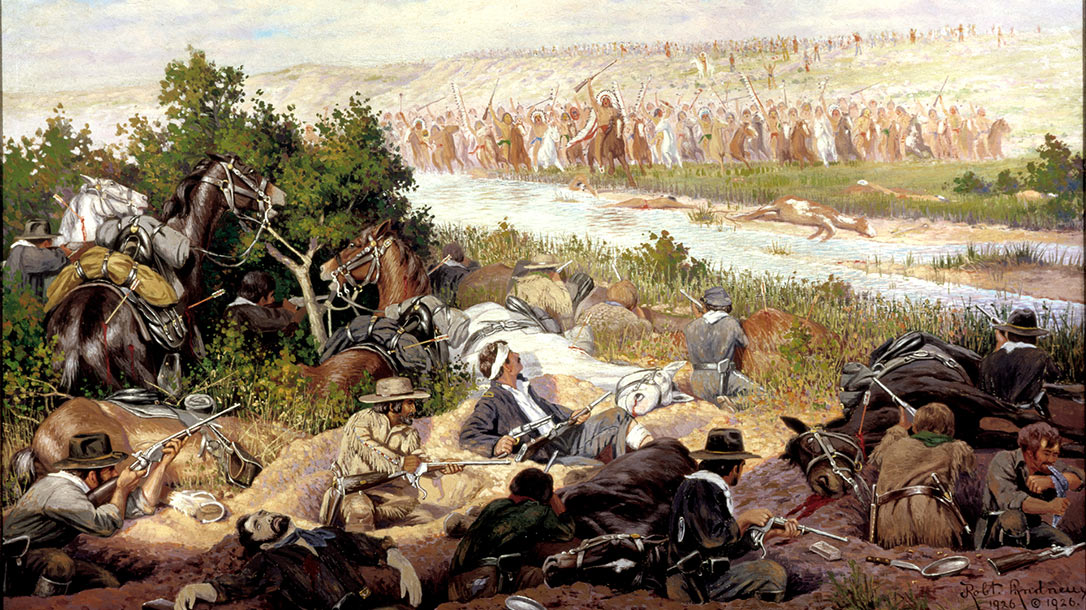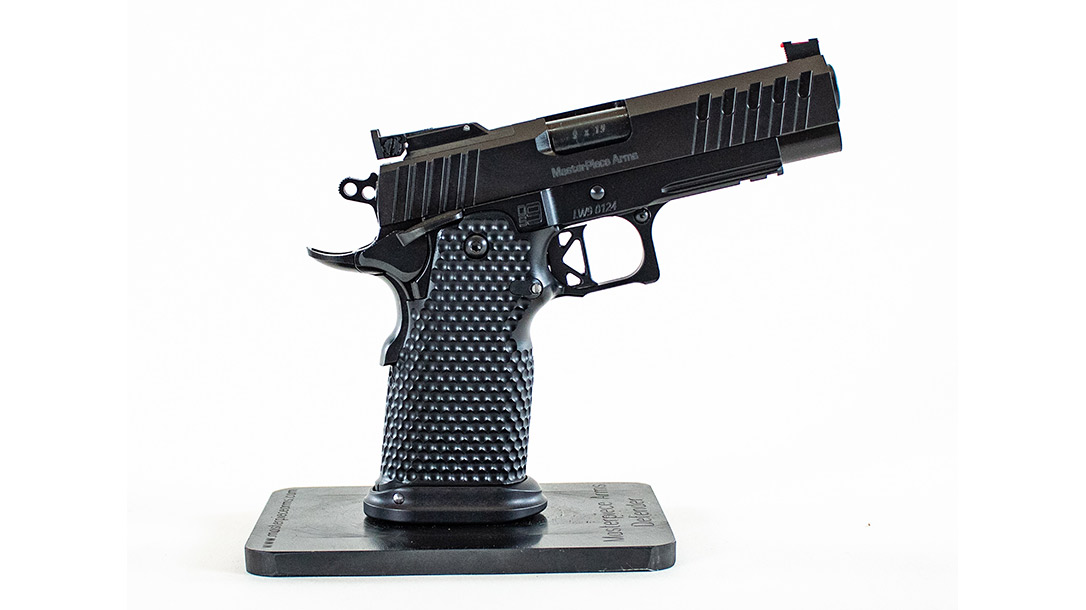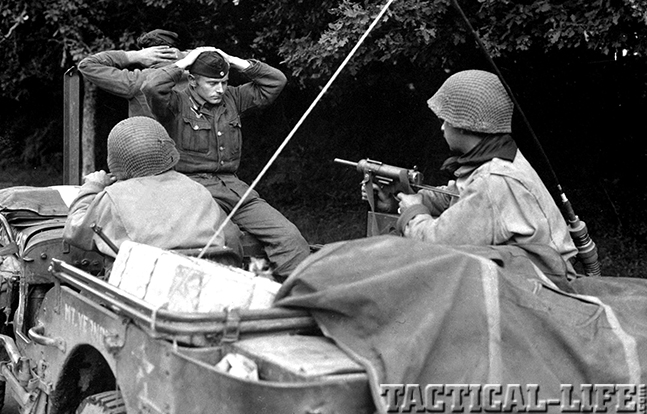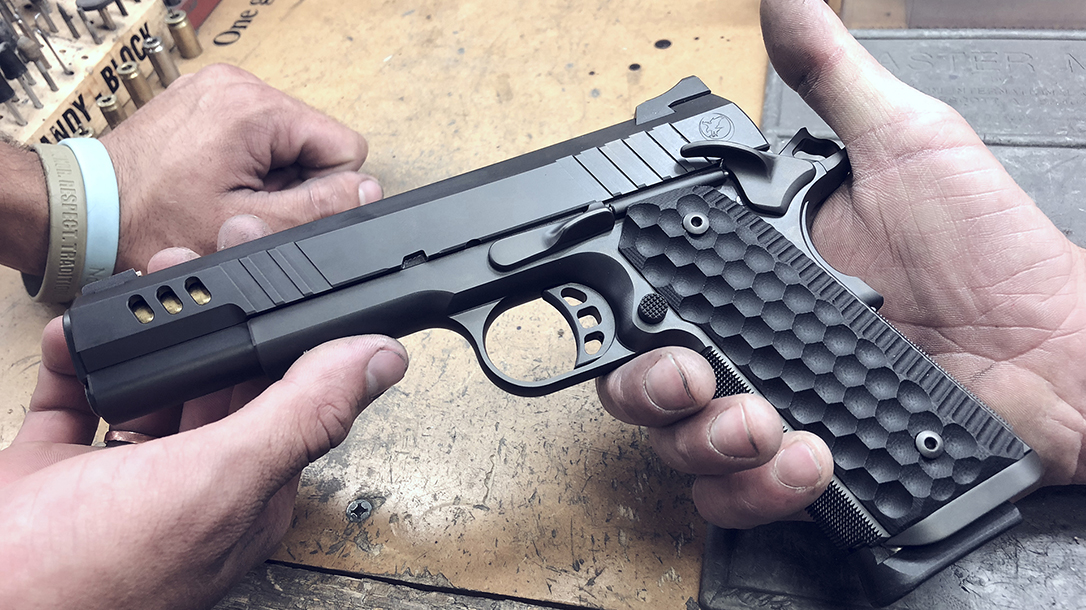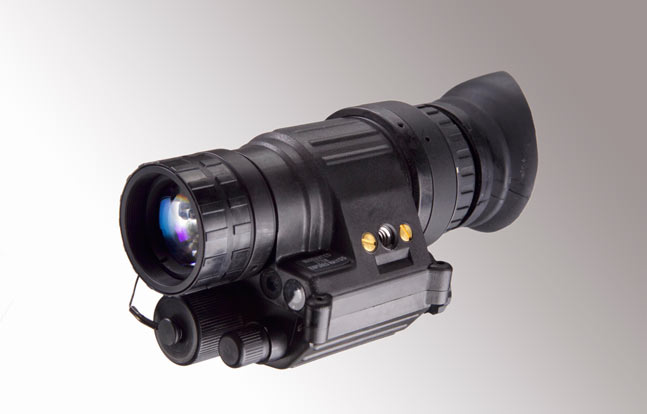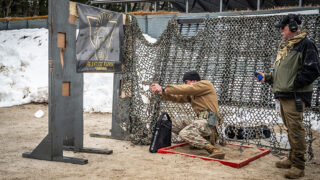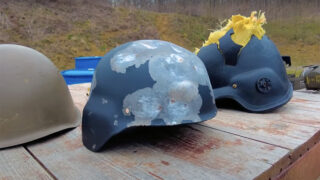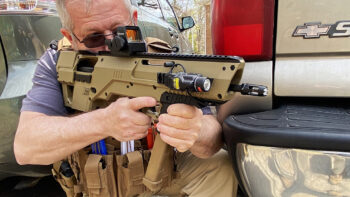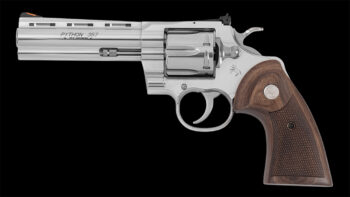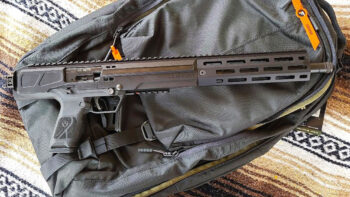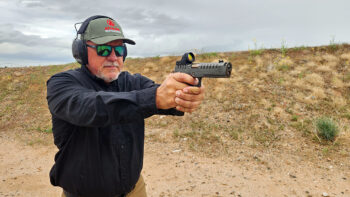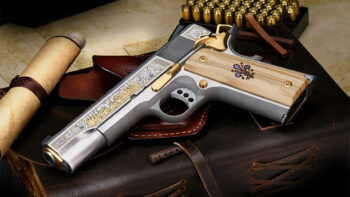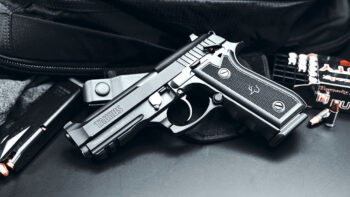The technical leaps in firearms design permitted by metallic cartridges and the quick-reloading single-shot and repeating rifles that emerged from that were a major factor in the success of post-Civil War American westward expansion. They came at just the right time to tip the scales against the Indians. For example, the Spencer carbine was a game-changer in the Battle of Beecher Island.
The Spencer Carbine Turns the Tide
In the last issue, we looked at how the Army’s new .50-70 metallic cartridge breech-loading Model 1866 Springfield Trapdoor single-shot rifle turned the tide at the Wagon Box fight. Now let’s look at how the firepower of the premier big-bore repeater of the day, the Spencer carbine, did the same at the Battle of Beecher Island 13 months later in September of 1868.
Mount Up
Thirty-one-year-old U.S. Army Major Frederick A. Forsyth was hungry for action on the frontier. His problem was that there were no troops available for him to command. Somehow, he convinced General Philip Sheridan to let him raise an elite mounted attack-and-pursuit force for the upcoming Indian campaigns.
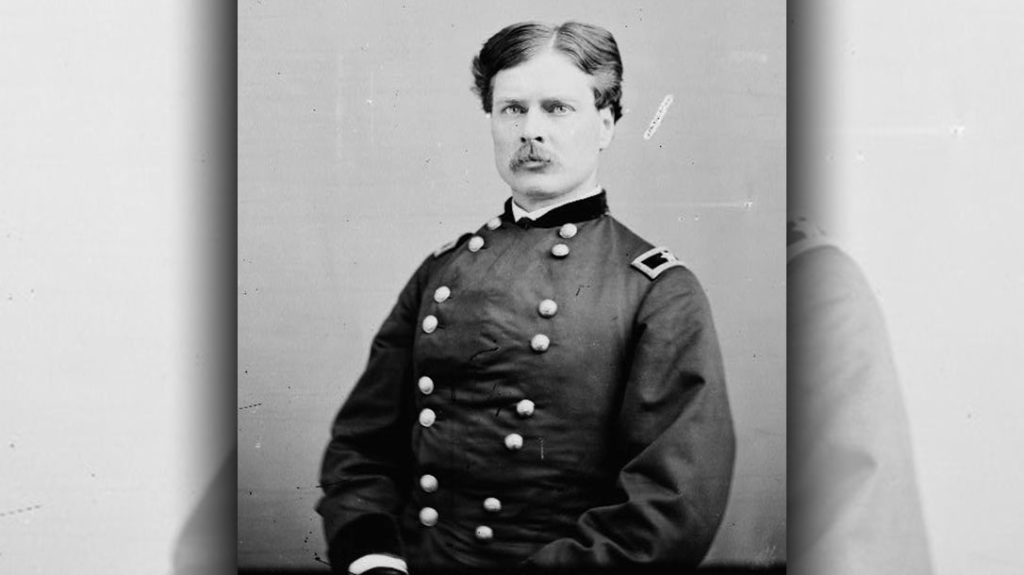
The unit was put on the payroll of the Quartermaster Corps. The Quartermaster Corps. had the bureaucratic mechanism for hiring civilian contractors, if not actually mercenaries. Major Forsyth recruited 50 men in five days from the best and toughest fighting men in the region.
They were trappers, hunters, and Civil War veterans from the North and South, including many former officers. Overall, they were experienced in war and eager to fight. Forsyth saw to it that each of them was armed with a seven-shot Spencer repeating carbine, 150 rounds of ammunition, and a “large Colt’s revolver” with 30 rounds.
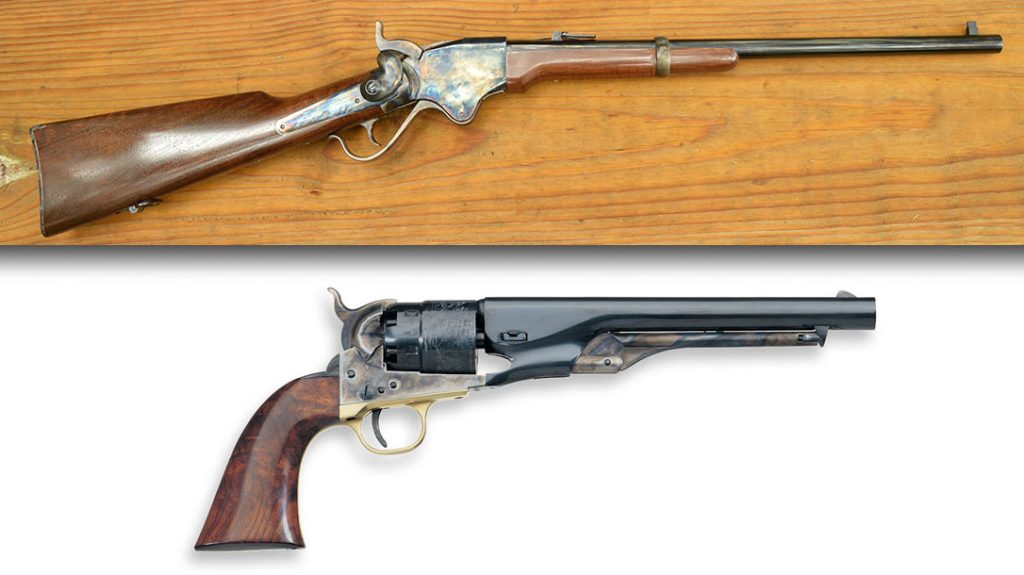
Who’s Tracking Who?
With his force of horse-mounted scouts just assembled, Major Forsyth received orders to investigate reports of hostile Indian activity in eastern Colorado. The group departed Fort Wallace on September 10 with seven days of scanty rations, some medical supplies, and 4,000 rounds of ammunition.
They numbered 51 in total: 48 scouts with Major Forsyth in command, Lieutenant Frederick H. Beecher second in command, and a surgeon. Five days later, they found the trail of a large group of Indians that grew in size as they followed it.
Forsyth knew he was outnumbered and was sure the Indians were tracking his column as he was tracking them. But he had come West to fight and had confidence in his men and their arms.
Late afternoon of September 16, they passed through a gorge onto a flat valley floor roughly two miles square. What is now known as the Arikaree River ran roughly through the center of it. The riverbed was 140 yards wide but dry and hard except for a stream of water 4-5 yards wide and less than a foot deep flowing down the center.
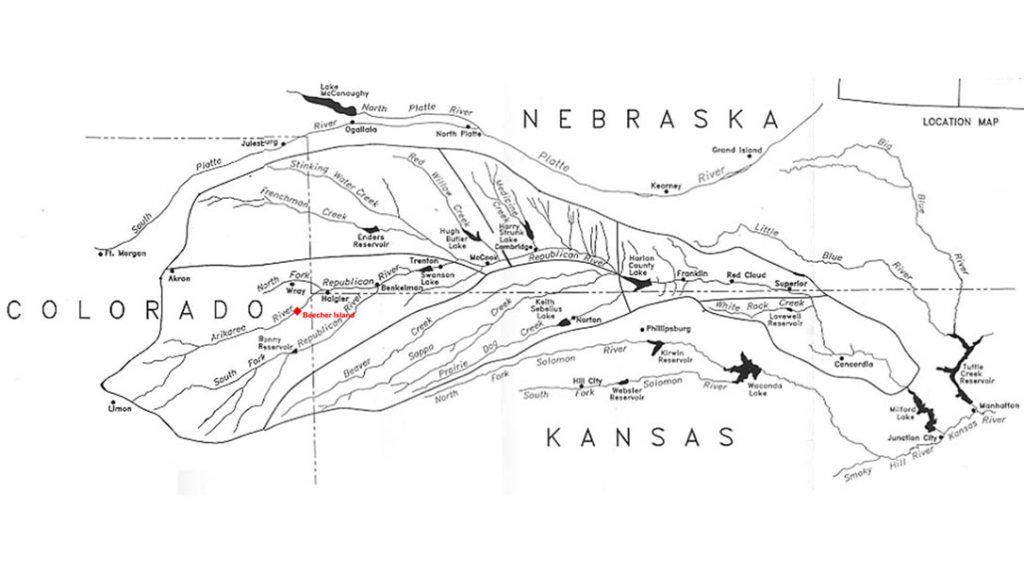
Beecher Island
The low water exposed a small sandy island about 20 yards wide and 60 yards long in the middle of the bed. Likewise, the high side was about two feet above the water, and the low side was nearly at water level.
From the banks, which were a few feet higher and also well-covered with brush and plum trees, one looked down on the little island. Forsyth set up his camp on the south bank and posted his sentries, staying vigilant through the night.
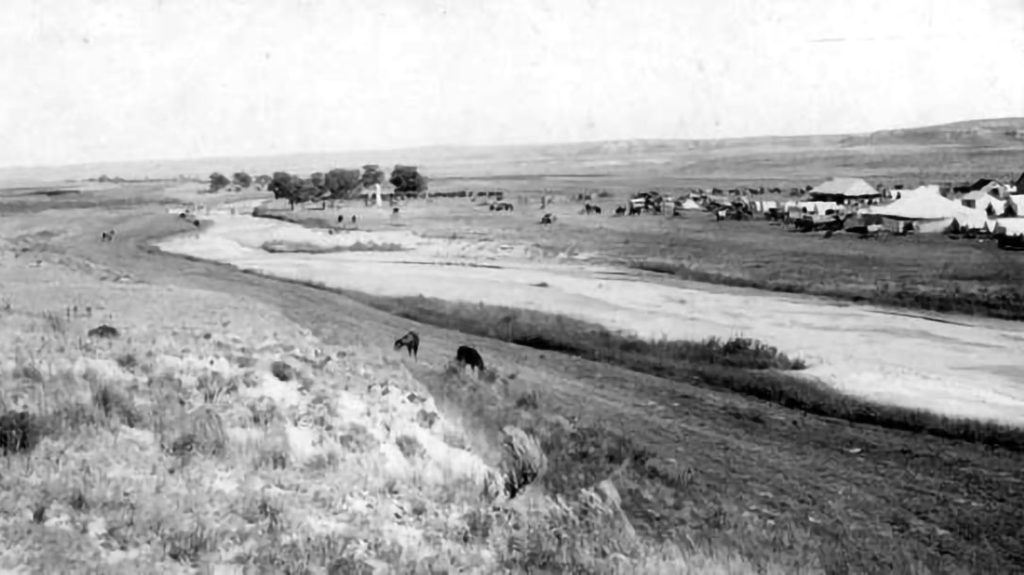
The Attack Begins
At dawn, the Indians made their move. Spotting a warrior’s feathered headdress silhouetted on the horizon, Forsyth fired a shot to alert the men. Some braves who had already nearly infiltrated their picket line attempted to stampede their mounts.
Forsyth’s men responded instantly to the alarm and rushed to the perimeter. They drove off the infiltrators, who had only succeeded in running off some pack mules and made ready to deploy at the major’s command.
Minutes passed, and the morning light peeled back the night across the valley bottom. The unit observed the previously tranquil grassy meadows were alive with movement. Many hundreds, if not a thousand, nearly naked Indian braves in war paint and eagle feathers surrounded the unit on three sides.
In fact, Forsyth was facing a combined force of Northern Cheyenne, Oglala, Brule Sioux, and Arapahoe warriors led by the great Cheyenne warrior Roman Nose.
The veteran Forsyth perceived that the obvious avenue of escape via the gorge they had entered the valley through was most likely a trap. He would not retreat into an ambush. It was abundantly clear the Indians came to fight too. And they weren’t likely to dally in the event the scouts didn’t fall for their ruse.
The Indians outnumbered the scouts, perhaps 20 to 1. Roman Nose believed he had the warriors and tactical skills to destroy Forsyth’s force whether they ran or fought.
Digging In
As the Indian warriors organized on the valley floor around him, Forsyth took his chance to seize the initiative. He ordered part of his command to lay down a heavy suppressing fire into the Indians.
Next, he ordered the rest of the men, under the concealment of black powder smoke, to rush their horses and ammunition (but not medical supplies or rations) to the high side of the little island to dig in for a defensive battle.
Forsyth had his best marksman drop down behind the cover of the riverbank to keep up a deadly fire. This bought their comrades on the island more time to dig out fighting holes in the gravel and sand with tin cups, plates, bare hands, and boot heels.
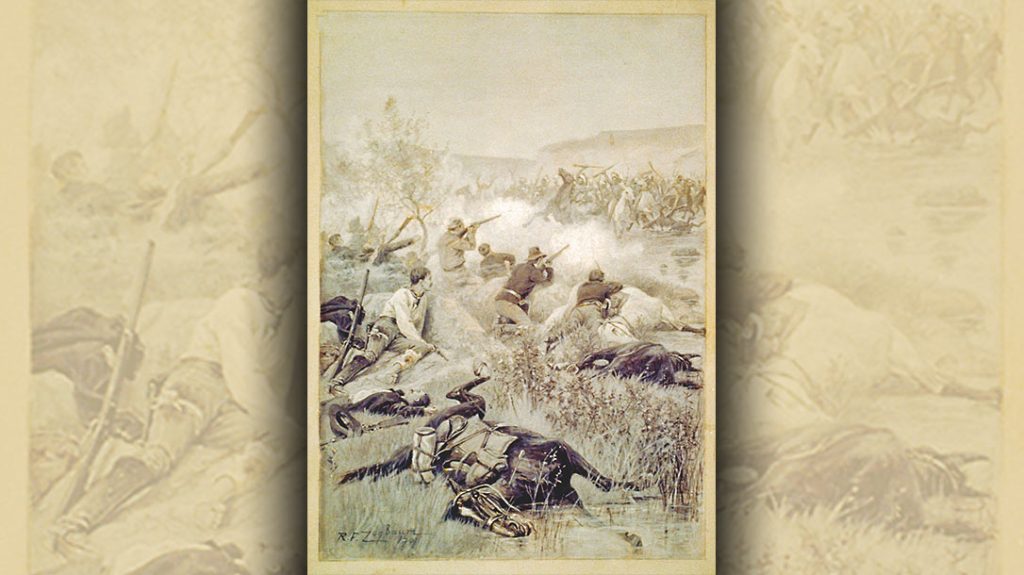
They dug a 40 x 20-yard ellipse of shallow pits concealed in the brush just in time. Because the advancing Indians took control of the riverbank from their sharpshooters.
With unexpected and extraordinary tactical coordination, dismounted Indian warriors took concealed positions on both riverbanks to deliver plunging rifle fire into the island below. The assault wounded and killed all the scouts’ horses and some of the scouts. The fallen horses on the perimeter became part of the island’s defense.
Forsyth, exposed while coordinating the defense, was hit three times, with one bullet breaking his leg between the ankle and knee. Their surgeon, shot in the head, suffered a mortal wound. The scouts returned deliberate fire from their concealed holes, trying to trade each shot for an Indian life.
Turning the Tide
Though painfully wounded and unable to walk, Forsyth maintained command. As the Indian fire from the banks intensified, hundreds of mounted Indian warriors were observed rounding a bend in the river at a trot.
In eight ranks, about 60-horsemen across, and led by Roman Nose himself, they were preparing to charge down the riverbed and overwhelm the island’s defenders. The Indian marksmen on the banks were softening the scouts up. The intention was to keep the scout’s heads down so the mounted warriors could close in for the kill.
When the mounted Indians showed themselves, Forsyth ordered his men to stop firing at the dismounted Indians on the banks. Instead, he had them fully reload their Spencer repeating carbines and pistols and prepare to meet the coming charge.
Breaking the Charge
The guns of the dead and the wounded who couldn’t fight were redistributed, so some men had two Spencer repeaters. Sunk in their holes, the scouts waited under cover for Forsyth’s command. As Forsyth expected, the suppressing fire from the banks ceased when the charging mounted Indians got close to the island.
The Indians on the banks had to hold their fire to avoid hitting their own mounted warriors. It was at that moment that Forsyth gave the order to fire. It was said that the mounted warriors were 50 yards away when the first volley hit them.
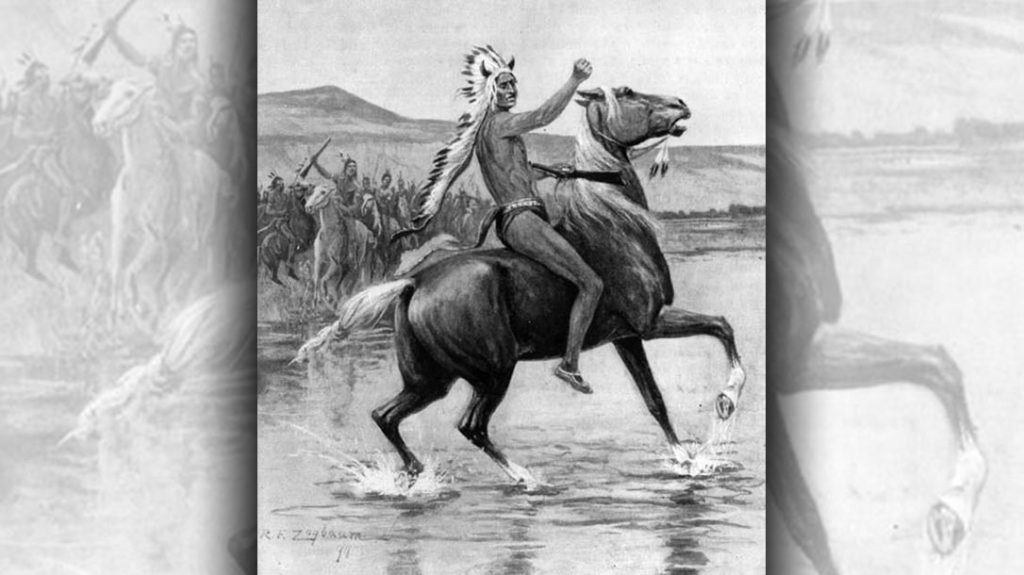
By the time the scouts fired the sixth shot from their Spencer rifles, the force of the charge was broken, and the remains of it dashed past on both sides of the island, seeking cover over the banks.
Scouts stood up from their holes to fire their revolvers at the fleeing riders. When the smoke cleared, the dry riverbed and water were red with blood and littered with dead and dying horses and Indians. The fearless Roman Nose among them.
A Call for Help
The Indians tried the same tactics again in the afternoon and were again repulsed with heavy losses. Before nightfall, they made a general assault on the island from all sides. But, again, the rapid-fire repeating Spencers drove them back.
At the end of the first day of battle, Forsyth’s force had taken a brutal beating. He had suffered nearly 50% casualties. Six men were dead or dying (including the gallant Lt. Beecher, whose name was attached to the engagement). Nine more were critically wounded, and another eight were less severely wounded.
Unable to withdraw with so many wounded and no horses, Forsyth dispatched two scouts to sneak through the Indian encirclement and deliver an urgent plea for relief to Fort Wallace, 100 miles away.
The relief forces finally arrived on September 25, seven days later. By then, the Indians were gone, leaving Forsyth and his desperately hungry scouts standing guard and trying to comfort their wounded on the tiny island surrounded by the stench of rotting horses, men, and swarms of black flies.
By the Numbers
There are very likely many factual errors in the story of the Beecher Island fight. However, they don’t diminish the central point. The rapid firepower of the seven-shot Spencer carbines allowed a small group of defenders in a rather poor defensive position to hold off a much, much larger group of fast-moving attackers.
If we estimated Forsyth’s fighting force at 42 men at the time of the first charge, and they really did fire their Spencers six times before Roman Nose’s charge reached the island, that means the scouts broke his superb attack with no more than 242 rounds at best.
Shooting a Spencer carbine as fast as humanly possible, a man could get off six shots in nine seconds. A galloping horse can cover 14.6 yards in one second. That suggests the scouts either fired fewer shots, started shooting while the Indians were more distant, or the Indian charge stalled dramatically inside the staggeringly lethal 50-yard line. Perhaps it was all three.
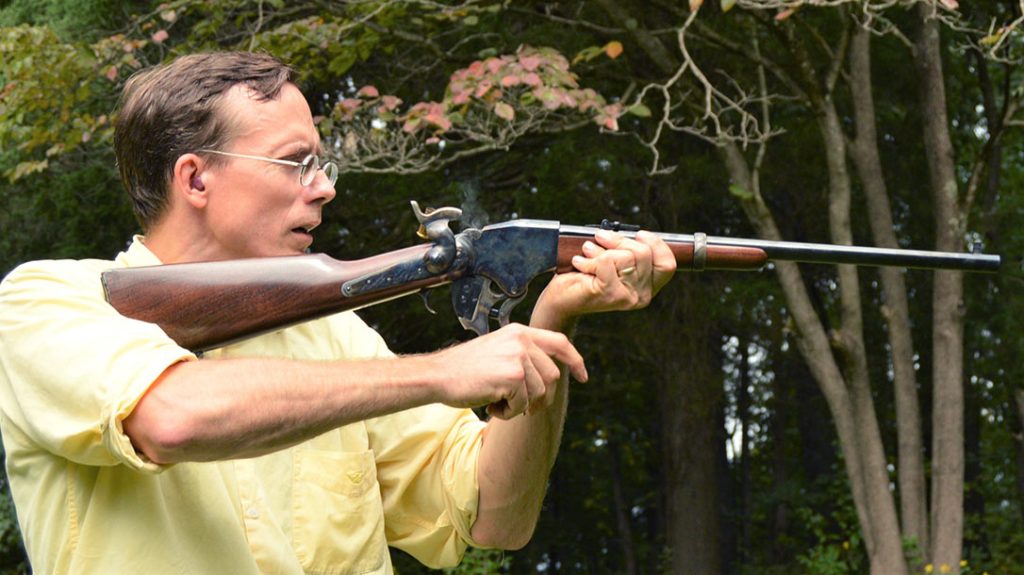
The Indian line was said to have visibly wavered and slowed by the time the scouts were firing their fourth shots. And by their sixth, with huge holes in the lines where mounted warriors once rode, it began to falter.
Massed trapdoor breechloaders fired from solid cover had proved their worth against charging Indians armed with bows and muzzleloaders at the Wagon Box fight. Massed repeating Spencers used with little cover at the Beecher Island fight showed themselves worth even more, especially in close defense.
They were what today’s military would call a force multiplier. Ironically, the Army at the time, which really needed some force-multiplying, didn’t see repeaters in that light. The Spencer carbine was retired a few years later for the single-shot 1873 Springfield trapdoor carbine.
Repeaters Like the Spencer Carbine: The Right Weapon for Civilians
In contrast, repeaters proved exactly the right weapon for the times for civilians. Consider the immediate and immense popularity of the 15-shot .44 Henry-caliber 1866 Winchester lever action. It is obvious civilians valued what the U.S. Army did not.
Facing the perils of the frontier on their own, they prized repeaters because their firepower offered some hope of defense against superior foes, Indians or otherwise.
This article was originally published in the Guns of the Old West Summer 2022 issue. Subscription is available in print and digital editions at OutdoorGroupStore.com. Or call 1-800-284-5668, or email subscriptions@athlonmediagroup.com.









